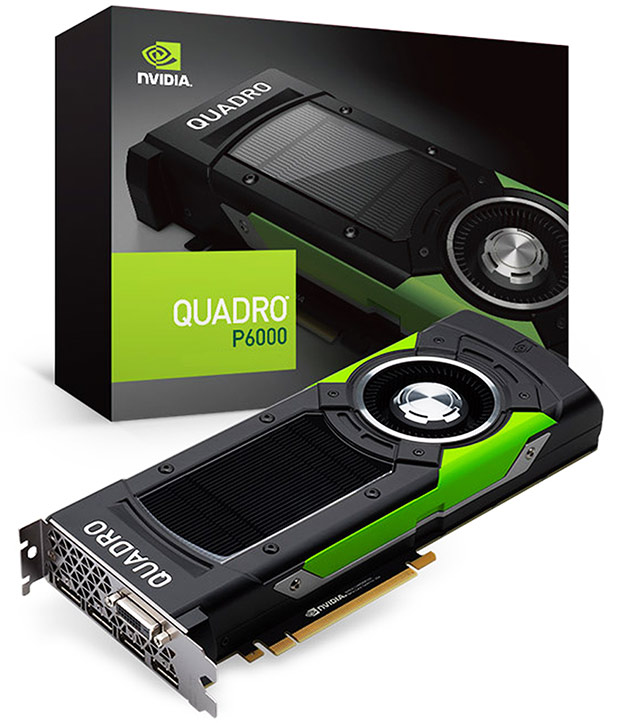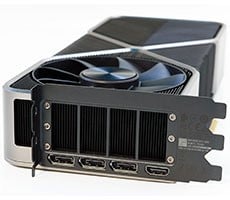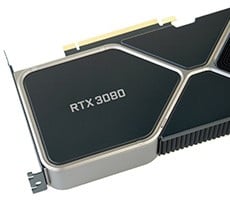Quadro P6000 And P5000 Review: NVIDIA's Most Powerful Pascal Graphics Cards
NVIDIA Quadro P6000 & P5000 Performance Summary And Evaluation
Performance Summary: NVIDIA's Quadro P6000 and Quadro P5000 are among the most powerful professional workstation graphics cards available. In some of the OpenCL and compute workloads, the cards performed well, but actually trailed the much more affordable Polaris-based Radeon Pro WX 7100. With the cryptographic workloads, and the pro-workstation targeted SPECviewperf graphics tests, however, the Quadro P6000 and Quadro P5000 we dominant across the board by a wide margin. The P6000 significantly outpaced the previous-generation M6000 throughout testing, and the P5000 managed to outpace the M6000 on a few occasions as well.
Of particular note is that the Quadro P6000 and P5000, while offering similar or much better performance than NVIDIA’s previous-gen, high-end professional graphics cards, do it in lower power envelopes, and they’re quieter too.
Like previous-gen, high-end Quadro cards, the P6000 and P5000 command premium price points as well. The Quadro P6000 is currently listing in the $4,850 range, while the P5000 can be found for just shy of $1900. That’s big bucks to be sure, but with the large memory configurations and the kind of performance improvements offered by these cards, professional workstation users and production houses accustomed to these price premiums will likely snatch them up without hesitation. NVIDIA's latest Pascal-powered Quadros improve on the previous generation in virtually every way.

| |
|
|
|








